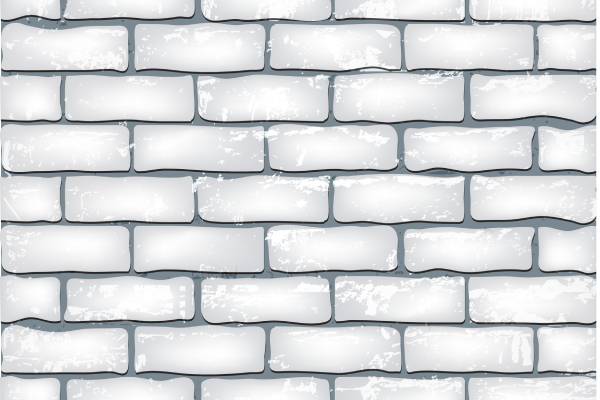
With summer weather, holidays and potentially some extra free time, it’s a popular season to tackle home improvement projects you’ve been putting off. Whether it’s cleaning up the garage, staining the deck, or looking at what could use a fresh coat of paint. But many homeowners ask themselves “can I paint my chimney?” The answer is generally “yes” but it comes with a high risk of damage.
Painting Brick Chimneys
Homeowners who want to refresh their house often look at repainting as a great option. And it is! A new coat of paint can bring any old building back to life with a new vibrant look, covering old blemishes and generally making it more aesthetically appealing.
But when it comes to painting a brick fireplace and chimney, it’s important to remember that this part of your home isn’t just for show. A fireplace is a functional appliance, and one that primarily is used to build fires inside your home. It’s not something you should approach casually!
The reality is that brick can be painted – and it’s often a great way to visually restore it, even if it won’t actually repair the brick functionally.
But while you’re making the brick look new, you’re potentially exposing it to a major risk that will, eventually, cause it to fall into further disrepair: moisture.
Why Moisture Is Deadly to Bricks
For those that aren’t particularly handy, it may be a surprise that bricks aren’t very solid. Despite the significant weight they can hold, the actual brick is very porous. This is one of the reasons that winters can be so harsh on brick masonry. As moisture gets inside the pores on warmer days, it sits until the freeze. When it freezes, the ice expands and wears away at the brick from the inside. This is known spalling.
Minor spalling to bricks isn’t a problem, and it’s almost impossible to avoid. But over many years or with significant moisture damage, spalling bricks can reach a point where they no longer act as a barrier and simply allow everything from moisture to air to pass through without resistance. This could leave your home with a major chimney fire risk!
Why Painting Your Chimney is a Moisture Risk
“But wait, can I paint my chimney to prevent moisture from getting in?” It’s a common question – and not a silly one. It seems intuitive that sealing or painting a brick chimney on the exterior side would help protect it, particularly from moisture damage.
But the problem is when you paint your chimney and it traps moisture on the inside! Without the ability to “breathe,” that moisture will have nowhere to go with your newly painted chimney. The small amount of airflow that reached the pores won’t be able to get that moisture out anymore, so light rains that get moisture into your chimney will stay there for a long time.
In the summer, it’s probably not a big deal. You might experience more chimney mold that you’ll want to clean, but it won’t necessarily cause havoc on your chimney. When the winter hits again, though, you’ll be in for a different story. The constant freeze-thaw cycles with moisture that can’t escape will expedite the spalling process and potentially lead to major chimney damage.
How Can I Protect My Chimney?
Regardless of whether you choose to paint your chimney or not, one of the best steps you can take towards protecting it is to ensure it has a functional flue liner. Most homes these days should have one, though older homes may have deteriorated flue liners made from less effective material than the ones we use today.
A flue liner helps keep the brick safe from moisture while allowing fumes to safely escape the top. It’s a must-have for every home. We always recommend homeowners to have their chimneys inspected to both confirm the existence of a flue liner and to let us use our special cameras to inspect them for damage. A flue liner that’s corroded or cracked through won’t offer much protection for your home!
Having a reliable flue liner can make painting your chimney less risky. Not only will it protect the brick, but it minimizes chimney fire risks that might be associated with heat escaping early through spalled bricks.
Before You Paint, Get an Inspection!
The best thing you can do for your safety is to schedule an inspection before you start painting. Not only can we help identify risks that you may have missed (or even covered up with a new coat of paint) we can provide some advice when it comes to starting the painting process.
Schedule Service for a New Fireplace Today!
Our CSIA Certified Chimney Sweeps can help you find the right new fireplace for your home and install it. Our technicians follow up-to-date safety standards and compliances to ensure your new appliance is effective and safe! Contact us today! We’ll get you set up right away so you can have peace of mind.
Call Us: 1-800-438-3583
Email Us: office@drflue.com
Office Hours: Mon-Fri: 8am-4pm
Connect with Doctor Flue on Social Media
